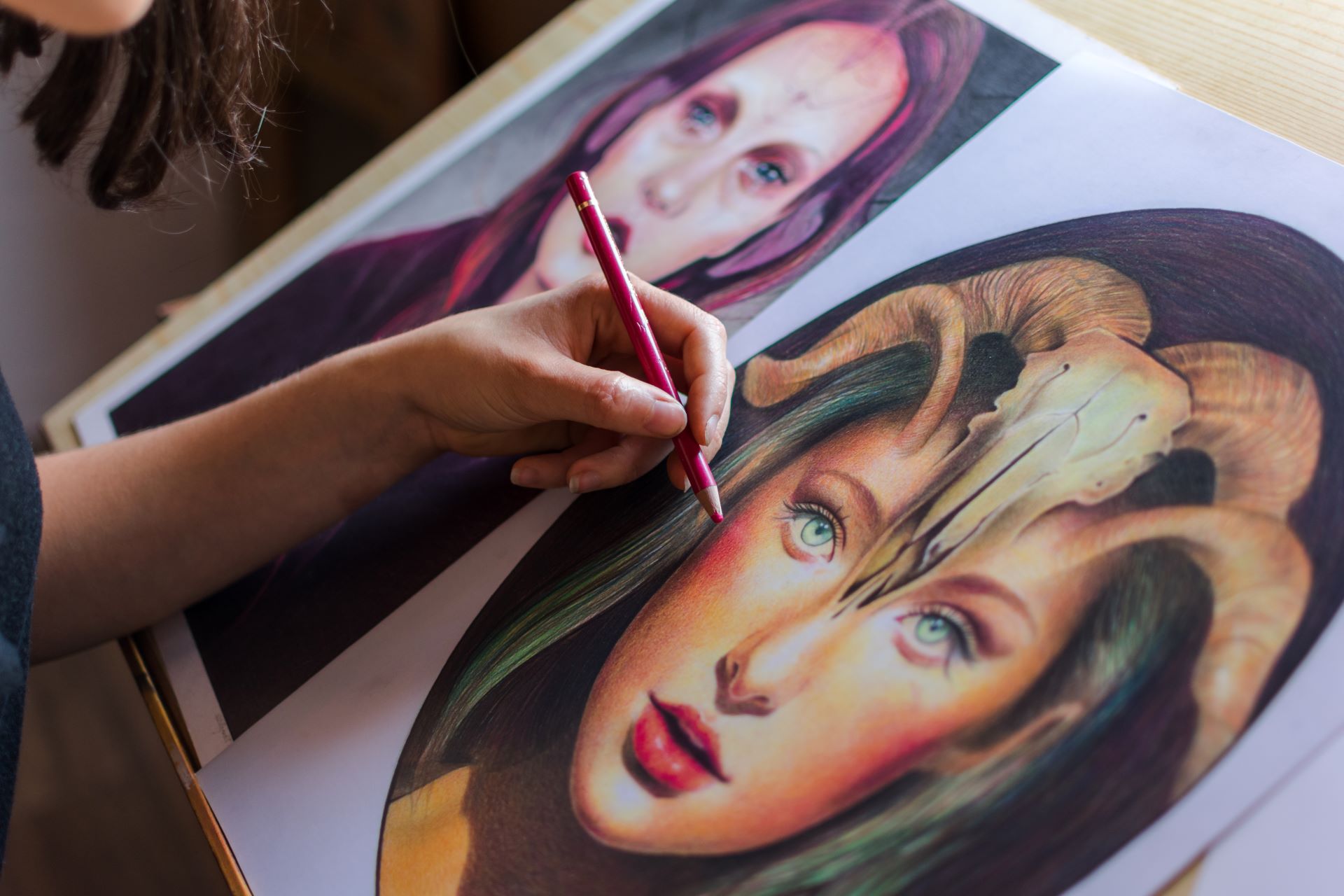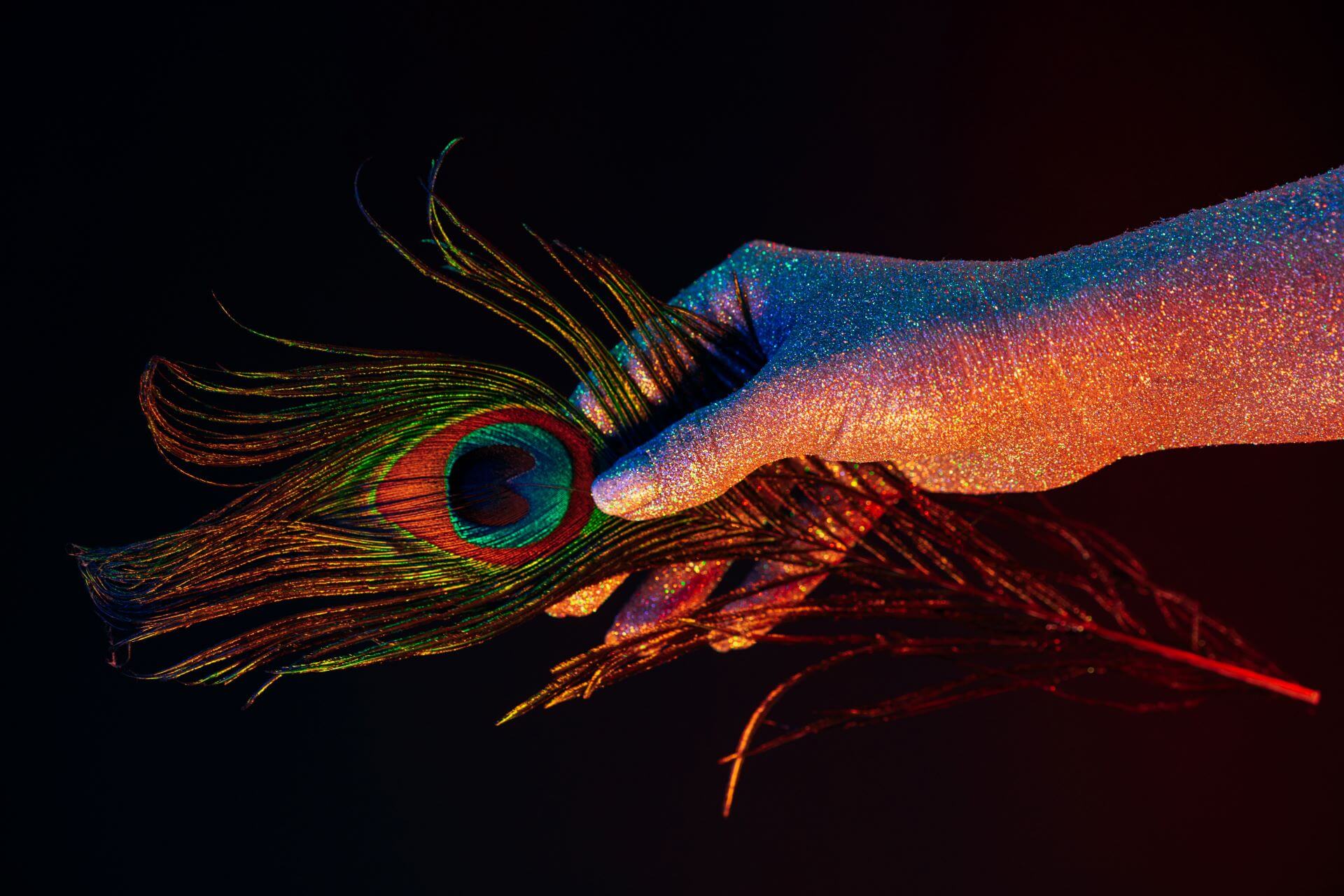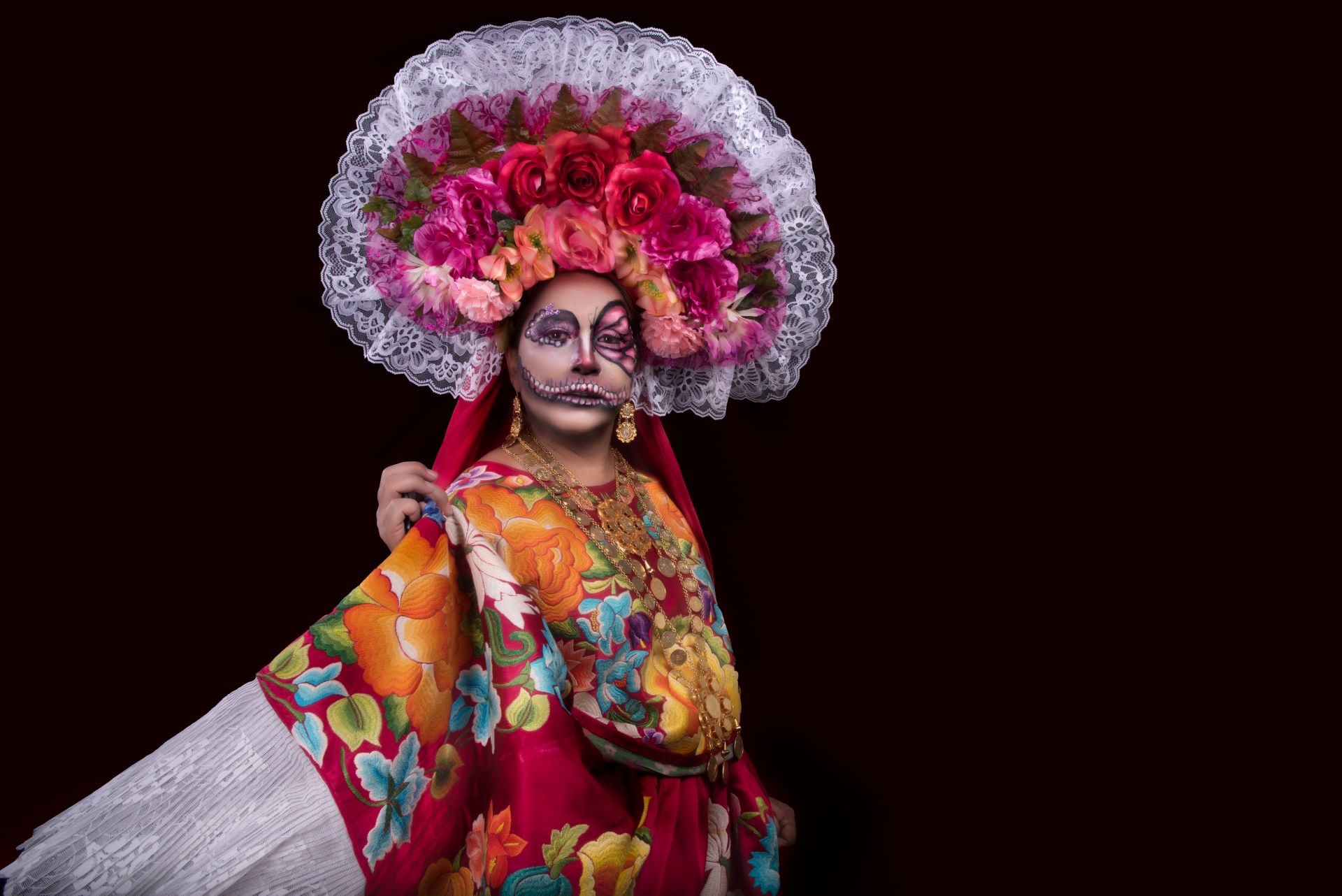- Blog
Exploring the Rise of 3D Art in Modern Digital Media

Exploring the Rise of 3D Art in Modern Digital Media
In recent years, 3D art has become a driving force in the evolution of digital media. From immersive video games and animated films to virtual reality experiences and marketing campaigns, three-dimensional visuals are redefining how audiences interact with content. The rise of 3D art is not just a technological shift—it’s a creative revolution that blurs the boundaries between imagination and reality. Here’s a closer look at what’s fueling this trend and how it’s shaping the future of digital creativity.
1. Technological Advancements in 3D Software
Cutting-edge tools like Blender, Cinema 4D, and Unreal Engine have made 3D creation more accessible than ever. Artists can now render lifelike models, textures, and animations with incredible speed and realism. These innovations have lowered the barrier to entry, enabling both professionals and hobbyists to explore the world of 3D design.
2. Expanding Role in Entertainment and Gaming
The gaming and film industries have long embraced 3D art to deliver more immersive storytelling. From hyper-realistic environments to expressive character animation, 3D visuals enhance emotional engagement and bring stories to life in ways that traditional 2D design cannot match.
3. 3D Art in Advertising and Branding
Brands are increasingly using 3D design to stand out in the crowded digital marketplace. From product mockups to interactive ads, 3D visuals offer depth, motion, and realism that capture attention and leave lasting impressions on audiences.
4. The Emergence of Virtual and Augmented Reality
As VR and AR technologies evolve, 3D art plays a crucial role in building believable virtual environments. Whether it’s an interactive retail experience or a virtual architectural walkthrough, 3D art bridges the gap between the digital and physical worlds.
5. Empowering a New Generation of Digital Artists
Online platforms and social media have allowed 3D artists to showcase their work to global audiences. This exposure fosters collaboration, inspiration, and innovation, leading to a creative community that continues to push artistic boundaries.
Conclusion
The rise of 3D art represents a new era of digital expression—one where creativity meets technology to craft visually stunning and emotionally engaging experiences. As digital platforms continue to evolve, 3D art will remain at the forefront of innovation, shaping how we create, communicate, and experience the world around us.
- Recent Post






